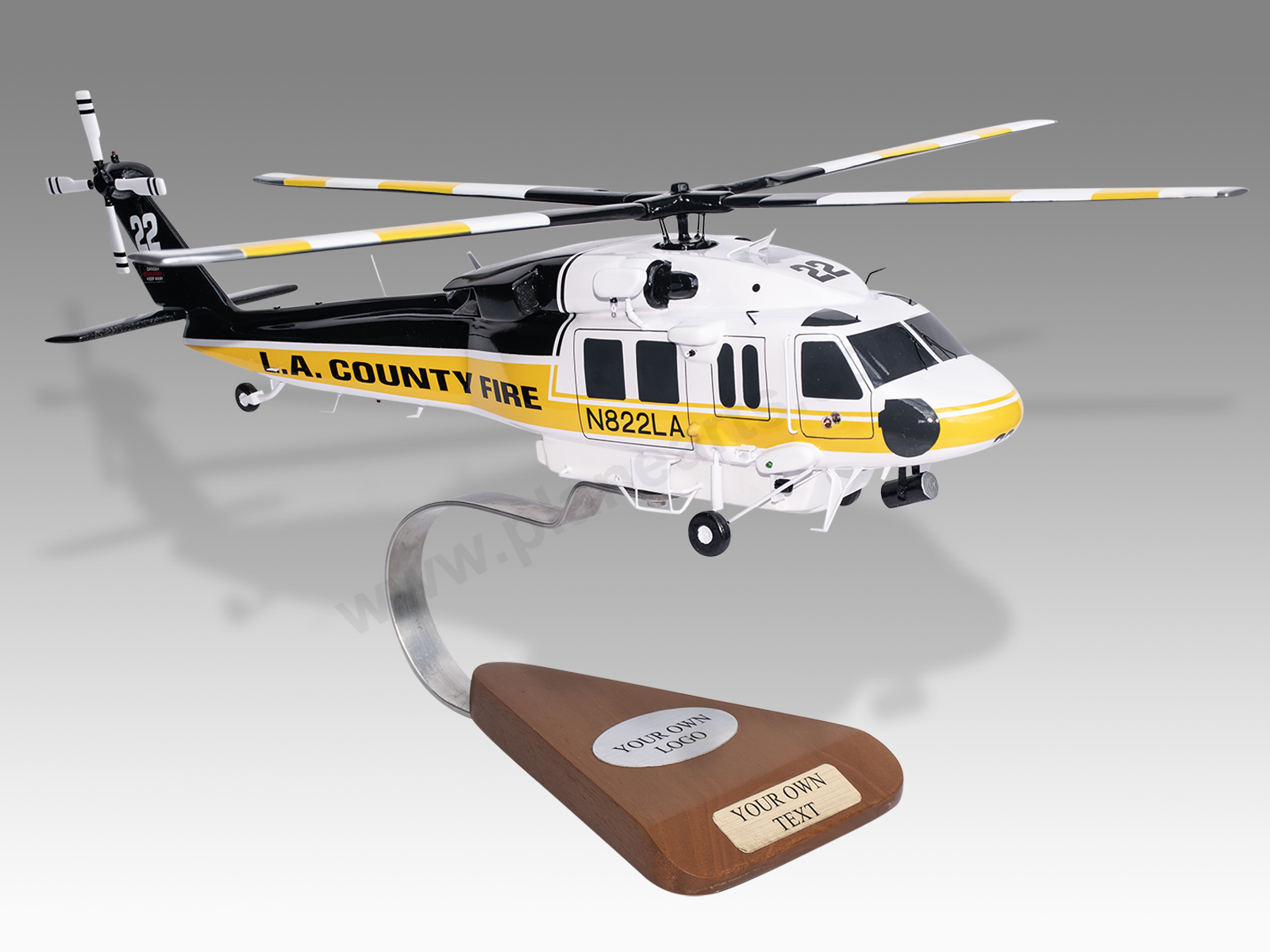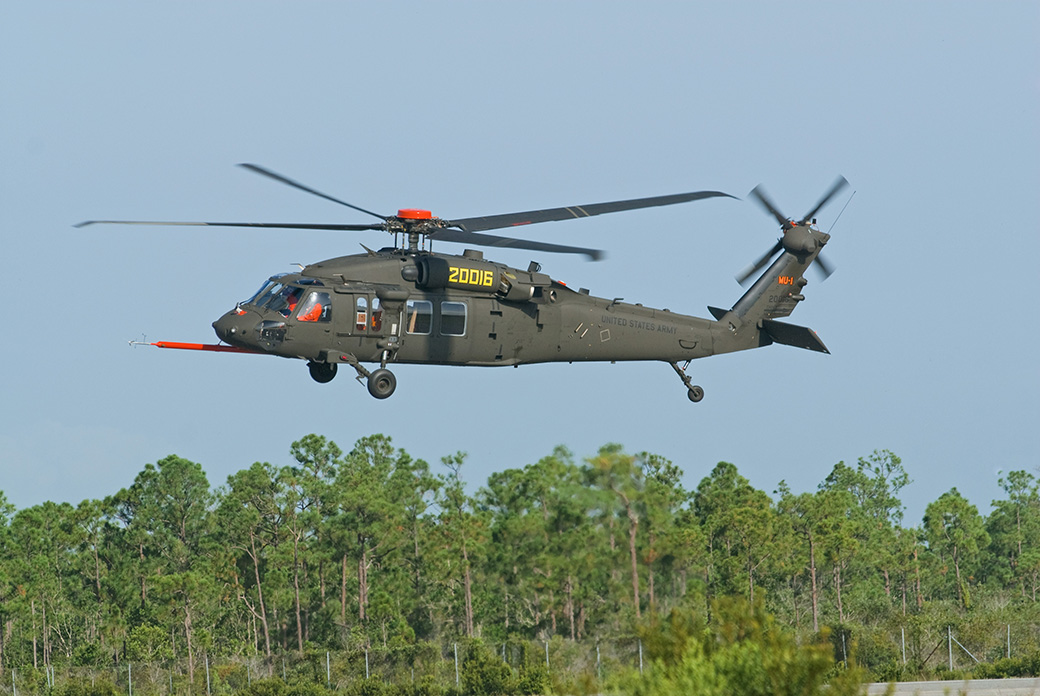Sikorsky S 70: Changing Tactical Operations with Cutting-Edge Modern Technology
Sikorsky S 70: Changing Tactical Operations with Cutting-Edge Modern Technology
Blog Article
High-Performance Multi-Role Rotorcraft Featuring Advanced Cabin Technologies and Integrated Sensing Unit Systems
The world of rotorcraft technology has seen significant innovations in current times, specifically in the world of high-performance multi-role rotorcraft outfitted with innovative cabin innovations and seamlessly incorporated sensing unit systems. These technologies have not only increased the functional capabilities of rotorcraft yet have also considerably affected modern-day aviation procedures on different fronts. From boosted objective convenience to improved functional effectiveness, the convergence of advanced cockpit innovations and incorporated sensor systems has actually introduced a new era of possibilities for rotorcraft applications. In the following conversation, we will certainly explore the evolution of rotorcraft technology, dig right into the world of advanced cabin innovations, and check out the implications of integrated sensing unit systems on the operational versatility and performance of modern rotorcraft.
Advancement of Rotorcraft Modern Technology
The development of rotorcraft technology has actually been marked by substantial innovations in aerodynamics, materials, and propulsion systems, forming the capabilities and efficiency of modern-day rotorcraft. Additionally, improvements in propulsion systems, including more powerful engines and ingenious propulsion modern technologies, have allowed rotorcraft to attain higher altitudes, faster rates, and better hauls.
These developments have not just changed the abilities of rotorcraft however have additionally broadened their applications throughout various industries, including army, commercial, and emergency services. The constant advancement of rotorcraft modern technology remains to drive advancement in the area, pressing the limits of what is possible and shaping the future of upright flight.
Advanced Cockpit Innovations
Building upon the fundamental innovations in the rules of aerodynamics, products, and propulsion systems, the realm of rotorcraft technology now moves emphasis in the direction of pioneering Advanced Cabin Innovations. The assimilation of advanced technologies within the cockpit atmosphere plays an important function in improving the functional capacities, security, and effectiveness of modern rotorcraft. sikorsky s 70. Advanced Cabin Innovations incorporate a broad array of attributes created to give pilots with boosted situational awareness, streamlined information management, and intuitive control interfaces
Among the essential improvements in cabin design is the application of glass cockpits, which change traditional analog determines with high-resolution display screens. These electronic systems provide customizable designs, real-time data integration, and boosted readability, enabling pilots to gain access to important information at a glance. Furthermore, advanced avionics systems, such as fly-by-wire controls and increased fact display screens, are changing how pilots connect with the aircraft, permitting accurate control and improved decision-making capabilities.


Including sophisticated cockpit innovations not just boosts pilot efficiency yet likewise adds to general goal performance and safety and security in complex operational environments. By leveraging state-of-the-art modern technologies within the cockpit, rotorcraft suppliers are setting new standards for functional quality and goal success.
Integrated Sensing Unit Systems
With the advancement of rotorcraft technology, the combination of innovative Integrated Sensing unit Systems has actually come to be extremely important in enhancing functional effectiveness and safety and security. These Integrated Sensing unit Solutions incorporate a wide variety of technologies that provide vital data for different features such as navigation, monitoring, targeting, and environmental surveillance. By flawlessly incorporating sensing units like radars, cameras, lidar, and infrared systems right into rotorcraft, operators can gain from boosted situational awareness, enhanced goal capabilities, and reduced pilot work.
One key advantage of Integrated Sensor Equipments is their capacity to collect real-time data and offer actionable understandings to pilots and objective operators. Advanced radar systems can identify and track targets over long ranges, enabling for early danger discovery and reliable reaction preparation. Furthermore, incorporating infrared and electro-optical electronic cameras allows rotorcraft to carry out reconnaissance and security missions with accuracy and precision.
Essentially, the integration of sophisticated sensing unit innovations right into rotorcraft not just boosts operational efficiency yet additionally adds substantially to total mission success other and team safety and security. As rotorcraft remain to evolve, the role of Integrated Sensing unit Equipment will definitely continue to be at the forefront of innovation in the aerospace market.
Operational Convenience and Performance
Enhancing operational adaptability and performance in rotorcraft is an all-natural development from the integration of innovative Integrated Sensor Solutions. By leveraging the insights and information given by these innovative sensor systems, rotorcraft can maximize their performance across numerous missions and atmospheres.
Functional convenience encompasses the ability of rotorcraft to adapt to various roles and circumstances effectively. With innovative cabin modern technologies and integrated sensor systems, rotorcraft can perfectly shift between jobs such as search and rescue, clinical emptying, security, and extra. This adaptability improves the rotorcraft's ability to meet diverse operational needs without needing extensive reconfiguration.
Efficiency in rotorcraft procedures is vital for maximizing objective performance and resource application. Integrated sensor systems play a pivotal duty in boosting operational efficiency by supplying real-time data on weather condition conditions, terrain mapping, target monitoring, and much more. This data allows pilots to make educated decisions quickly, optimize flight paths, preserve gas, and improve overall objective efficiency.
Impact on Modern Aviation Procedures

Additionally, the combination of innovative sensors promotes improved objective preparation and implementation, making it possible for rotorcraft to do a wide variety of tasks with improved accuracy. From search and rescue operations to aerial firefighting and police goals, the capacities of contemporary rotorcraft outfitted with sophisticated cabin innovations and incorporated sensing unit systems are exceptional.
In addition, the impact of these developments extends past operational efficiency to cost-effectiveness and sustainability. By enhancing trip paths, gas usage, and upkeep timetables, high-performance rotorcraft furnished with innovative cabin innovations and sensing units add to minimizing functional expenses and ecological effect, making linked here them important properties in modern aeronautics procedures.
Final Thought
In verdict, the high-performance multi-role rotorcraft with advanced cabin technologies and incorporated sensor systems stands for a significant advancement in aeronautics innovation. These advancements improve operational flexibility and effectiveness, ultimately influencing contemporary aeronautics procedures in a favorable means. The assimilation of these advanced technologies permits boosted capabilities and performance in various mission situations, showcasing the continued development of rotorcraft technology in the air travel industry.
The realm of rotorcraft technology has actually seen noteworthy innovations in recent times, especially in the world of high-performance multi-role rotorcraft equipped with sophisticated cockpit innovations and seamlessly integrated sensing unit systems. From boosted goal versatility to improved operational performance, the merging of innovative cabin modern technologies and integrated sensing unit systems has ushered in a brand-new period of opportunities for rotorcraft applications. In the complying with conversation, we will discover the advancement of rotorcraft modern technology, dig into the world of advanced cockpit innovations, and check out the implications of incorporated sensing unit systems on the functional versatility and effectiveness of contemporary rotorcraft.

Report this page